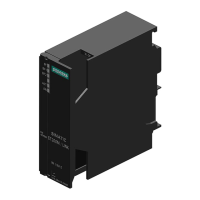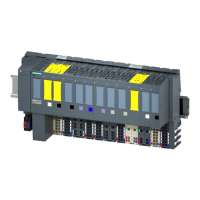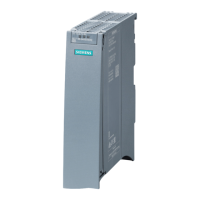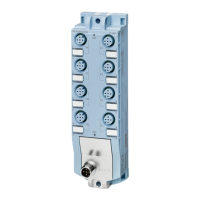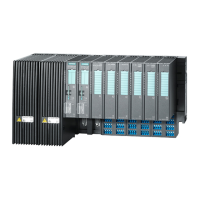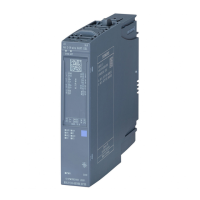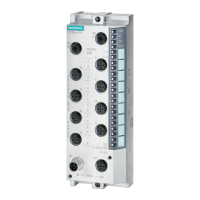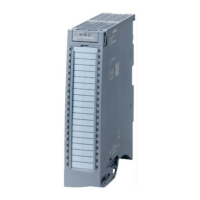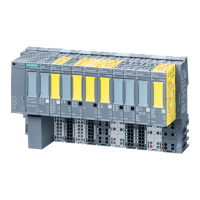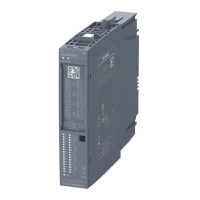1STEP 5V/204kHz
2.5 Fundamentals of Positioning
ET 200S Positioning
24 Operating Instructions, 05/2007, A5E00124871-04
2.5 Fundamentals of Positioning
2.5.1 Overview
Introduction
Below you will find out how the individual components - the electronic module, the power
unit, and the motor - affect each other.
Stepping motors
Stepping motors are used to position axes. They represent the simple and cost-effective
solution for precision positioning tasks in wide performance ranges.
A stepping motor shaft turns by a certain angle with every pulse. During rapid pulse
sequences, this stepping movement becomes a continuous turning motion.
You can, for example, select one of the SIMOSTEP stepping motors (see
Catalog ST 70
).
Power unit for stepping motors
The power unit is the connecting link between the 1STEP 5V/204kHz and the stepping
motor. The 1STEP 5V/204kHz sends 5 V differential signals for frequency and direction.
These signals are converted in the power unit into motor currents that control the
movements of the motor with a very high degree of precision.
You can, for example, use FM STEPDRIVE (see
Catalog ST 70
), which is suitable for
SIMOSTEP stepping motors.
1STEP 5V/204kHz
The 1STEP 5V/204kHz generates pulses and a directional signal for the power units of
stepping motors. The number of pulses emitted determines the distance traversed. The
pulse frequency determines the velocity. The way the 1STEP 5V/204kHz works depends on
its parameters and settings.

